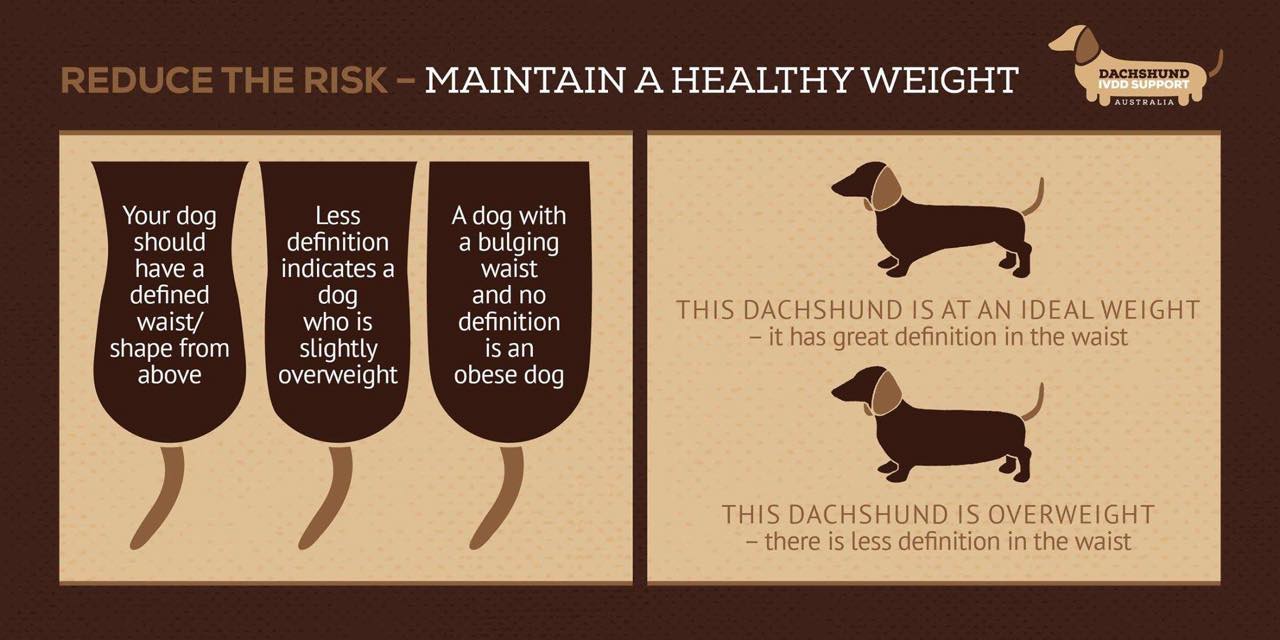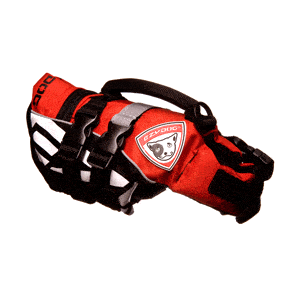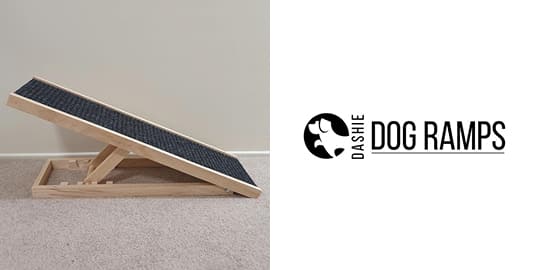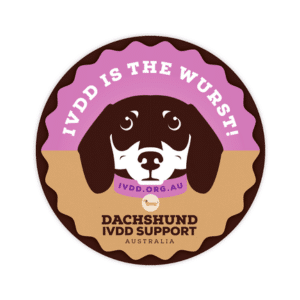Diet & Supplements
The most important thing is to feed your dachshund a complete, well-balanced diet that ensures they are kept in the best body condition. Each dachshund is different and depending on their life stage and age, it is important to combine diet and exercise to ensure they stay in the best possible body condition for their age. Diets may change during the life stages, but no matter what you feed your dachshund, ensure it has all the nutrients required to ensure a happy, healthy and active lifestyle.
Just like humans, there are natural supplements that can assist our hounds with pain and support their health and mitigate their chances of developing or worsening, back problems
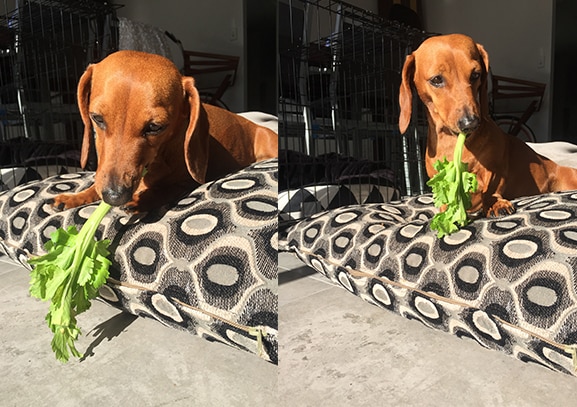
Weight/Body Condition
Take a moment and run your hands over your Dachshund … can you easily feel the ribs, spine and pelvic bones underneath its coat and soft tissue?
Check out our Weight Chart and if your hound is looking a little on the “chubby” side, it might be time to look at diet and slow down on the extra snacks or cut back the quantity.
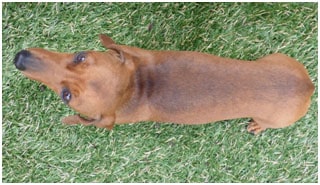
Walking Your Hound
Check with your veterinary specialist regarding which is the best for your dachshund – a harness or a collar with lead. If your dog does not walk to heel on a loose lead via its collar, a well-fitted harness may be more suitable. When walking your hound it is best to keep short distances and to rest your dog when you feel it needs a break.
No Soft Sand
Daxies love the beach as much as their owners, however soft sand can cause strain on knees and long backs. Limit your dog to only walking on firm/ hard sand and carry them across the soft stuff.
Harness v Collar
There has always been the debate about whether it’s better to walk your dachshund on a collar and lead, versus harness and lead. If you have a fit and healthy dachshund, then it really doesn’t matter whether they have a collar or harness, but the important thing to do is to teach them to walk to heel without pulling ahead of you.
The pulling and jerking is what actually puts added strain on their whole spines. It is worth investing in some good training sessions to learn to walk your dog on a loose lead so that you can avoid this problem; it also teaches you control and enhances your bond with your dachshund. The art of training your dachshund to walk loosely on a lead next to you can be a challenging at times but can be done with consistency and patience.
If you feel the harness is what you prefer, then it’s important to recognise that a harness actually allows relatively more freedom of movement and can actually lead to chronic pulling. If owners prefer to use a harness, they need to ensure that it is a soft material one that sits comfortably on your dog’s bone structure, rather than digging into the soft tissue on the throat and upper back. An ill fitted harness can cause problems with their gait and problems for their shoulders and elbows.
After an episode of IVDD or spinal injury, you will be advised by your specialist vet or rehabilitation therapist, what is best to use when walking your dog on the loose lead. It can also depend on the location, or where your dog suffered the disc herniation along the spinal cord. Harnesses are commonly seen used after surgery, especially if the cervical (neck) vertebrae (Cervical IVDD) is involved.
The important thing to remember is that each dog is an individual and each case of IVDD or spinal injury is different, but the key is to exercise them regularly to build up good muscle tone, and ensure they do not pull, regardless of whether they are walked with a collar or harness.
Crate Train Your Dog
Crate training your dog is not hard to achieve as the majority of dogs love having their own dedicated space! Crates make for great doggy dens and provide a safe and comfortable sleeping environment. Crate training your dachshund will ensure he is used to a crate in the event of any future circumstances that would require a pro-longed confinement and rest.
Buy a Life Jacket
If you take your dachshund swimming, invest in a doggy life jacket. As dachshunds have very short legs and long backs, they have to work so much harder to stay a float! A life jacket ensures they don’t have to work as hard and will assist in ensuring they don’t end up with a back strain.
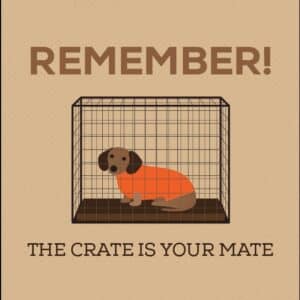
Crate Train Your Dog
Crate training your dog is not hard to achieve as the majority of dogs love having their own dedicated space! Crates make for great doggy dens and provide a safe and comfortable sleeping environment. Crate training your dachshund will ensure he is used to a crate in the event of any future circumstances that would require a pro-longed confinement and rest.

Buy a Life Jacket
If you take your dachshund swimming, invest in a doggy life jacket. As dachshunds have very short legs and long backs, they have to work so much harder to stay a float! A life jacket ensures they don’t have to work as hard and will assist in ensuring they don’t end up with a back strain.
Pick Up and Carry Your Dog Correctly
Support your dog’s back – always pick up and carry your dachshund in the correct manner. Ensure all adults handling your dog are aware of how to correctly hold and carry your dog and never allow children to carry or pick up your dog.
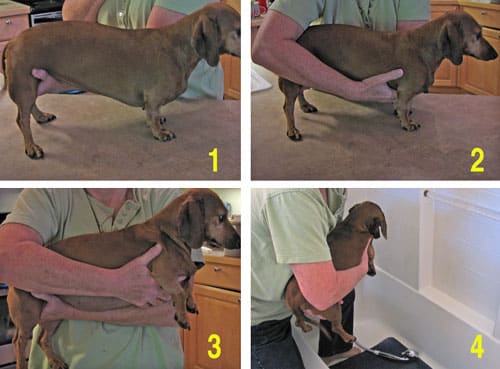
Limit Jumping or Stairs
Stop your dachshund’s access to stairs. A fall down a set of stairs, or through the gap between stairs is bad news. Baby gates are perfect for restricting access to stairs. Always carry your dachshund up and down stairs and train them to wait for your assistance when approaching a set of stairs.
Limit Crawl Spaces
Stop or limit your dog from walking or crawling underneath lowline furniture and into small and lowline crawl spaces – i.e. under beds, couches, etc. The pressure against an arching back can cause a back injury.
Reduce Slipping
A lot of injuries occur thanks to slipping and twisting. If you have slippery floors then invest in rugs, floor mats, dog boots and/or toe grips etc. to provide your dog with some added traction and protection against injury. Ensuring your dog’s nails are cut short can also assist against slipping.
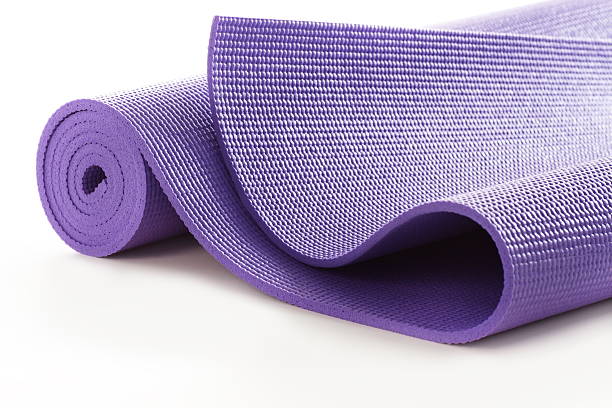
Neuter/Spay
There is always a lot of debate as to whether one should neuter/spay their dog and if so when is the best time to do it. It most certainly is an important one to give a lot of thought to, especially when it comes down to the long term joint health of your dog and particularly with respect to IVDD in a dachshund.
Dachshund IVDD UKK has excellent up to date information and resources regarding this topic. Please take the time to click on this link and read further Dachshund IVDD UK Neutering. Once you have conducted your due diligence you can then make a decision based on the research data and information provided.
Other interesting links:
Find a Great Vet
Find a vet who knows the breed and understands the ins and outs of IVDD. Don’t be scared to ask about the varied options available when it comes to ensuring your dog’s back and health is in top condition. Like us, dogs can benefit from massage and physiotherapy – maintaining and keeping an eye on your dog’s back health is always a good idea – great veterinary care is the key!
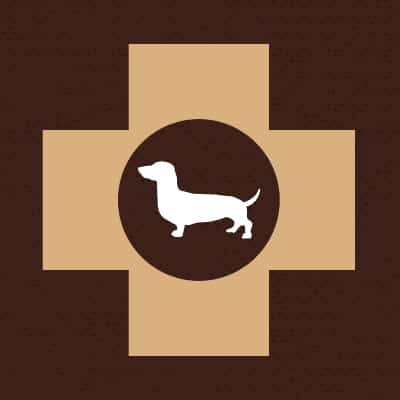
Take It Easy
Dachshunds are quite an active breed and it’s a good idea to ensure your dog is fit to maintain his back’s health. The best way to exercise your dog is to take him for a brisk 20 minute walk regularly. Remember, your dachshund has very short legs and a long back and is not capable of the same activities as a human body – if you take your dachshund for a long walk/outing, allow time for periods of rest.


